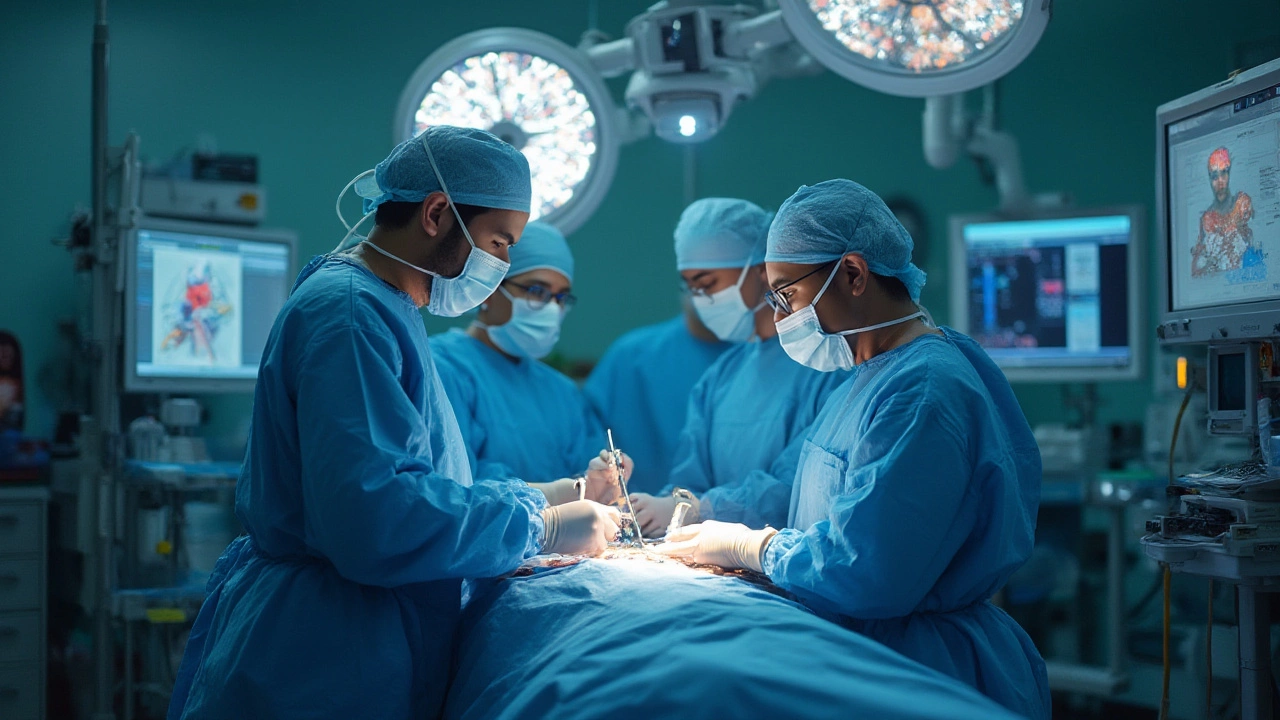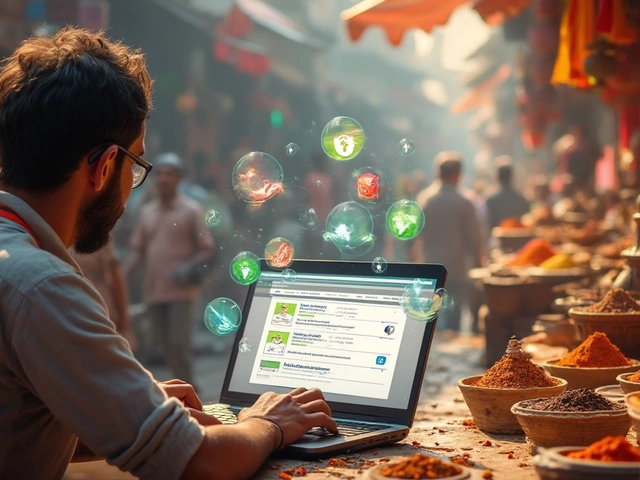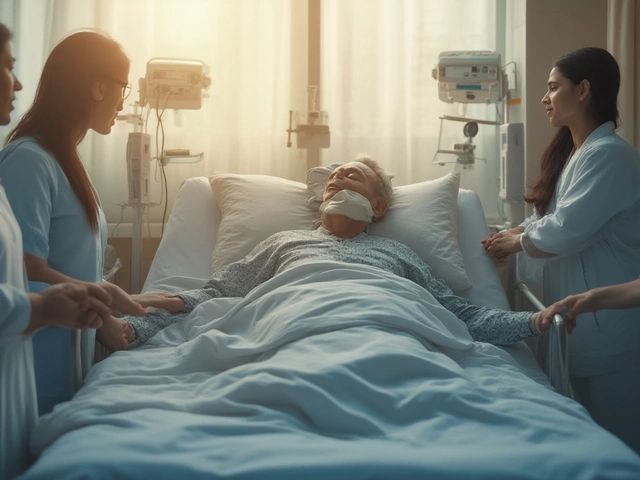Modern Medical Technology: What’s New and Why It Matters
Every day you hear about AI, wearables, and robotics in hospitals. But what do those buzzwords actually do for you? In simple terms, new tech helps doctors spot problems faster, gives patients better treatment options, and can lower the risk of harmful drug reactions. Below you’ll find the most useful gadgets and how they improve safety in Indian healthcare.
Key Innovations Transforming Care
First up, point‑of‑care ultrasound devices. They’re the size of a smartphone, connect to your phone, and let clinicians see inside the body without sending you to a big scanner. This means quicker diagnosis of things like gallstones or fluid buildup, especially in remote clinics where full‑size machines are rare.
Second, AI‑driven imaging analysis. Software now reads X‑rays, CT scans, and MRIs in seconds, highlighting suspicious spots that a human eye might miss. Hospitals in Delhi and Mumbai have started using these tools to catch early lung cancer signs, improving treatment success rates.
Third, wearable monitors such as smart patches and wristbands. They track heart rhythm, blood oxygen, and even blood sugar without a needle. Real‑time alerts go straight to your doctor’s phone, so a problem can be dealt with before it becomes serious.
How Tech Impacts Drug Safety in India
Modern tech isn’t just about diagnosis – it also makes medicines safer. Electronic prescribing systems now cross‑check every drug against a patient’s history, allergies, and other medicines. The system flags dangerous combinations instantly, cutting down on adverse reactions.
Pharmacovigilance apps let patients report side effects directly from their phones. Data flows to regulators faster, helping them spot risky drugs early. For example, after a new antihistamine hit the market, reports gathered through an app led to a quick label update that warned about rare heart issues.
Finally, blockchain is being tested to trace medicine from the factory to the pharmacy. Each batch gets a digital ID that patients can scan. This prevents counterfeit drugs, which are a big problem in some Indian regions.
All these tools work together to make healthcare quicker, clearer, and safer. You don’t need a medical degree to see the benefits – just an awareness of what’s available. Keep an eye on your doctor’s use of these technologies, ask questions, and you’ll be part of a safer, smarter health system.

Do They Really Break Your Ribs in Modern Open-Heart Surgery?
Are ribs still broken in open-heart surgery? Uncover how modern technology and new techniques have transformed the patient experience and outcomes for cardiac procedures.

Legit Online Pharmacies: How to Spot the Real Deal
Mar, 17 2025

Best Natural Herb for Your Health: A Deep Dive
Feb, 26 2025

Basic Skincare Treatments: A Simple Guide
Oct, 24 2025

